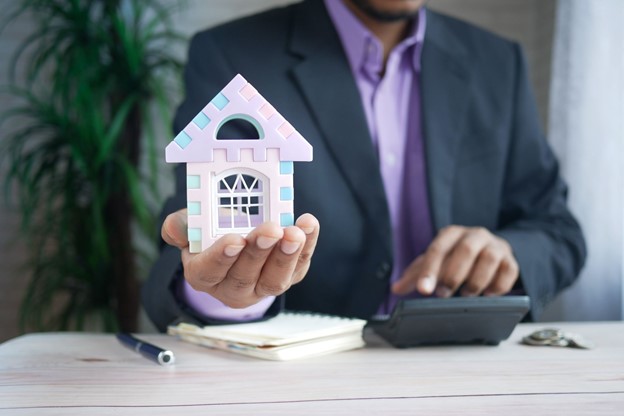The future of the metaverse isn’t just about gaming. It’s about virtual land that you can truly call your own, which is made possible by Next Earth, the NFT-based replica of Earth.
The metaverse is essentially a shared, interconnected virtual world that really does exist just beyond our screens. And where better to explore the possibilities of the metaverse than on an NFT-based copy of a global map? Explore virtual Miami for yourself while learning about NFT attributes like scarcity and identity.
I first heard about this idea for a nebulous, virtual construct called the metaverse around a decade ago. And in 2017, I saw the first NFT applications take off – projects like Cryptokitties and Cryptopunk.
More recently, I heard that someone sold the Arc de Triomphe as a virtual land NFT for 10 BNB on Next Earth, just as one of my favorite YouTuber’s showed off a new project called Next Earth. Virtual land is a fascinating new application of blockchain to what was previously an analog model – owning land in reality. So here’s how I went ahead and bought virtual land on Next Earth.
The process
First, I got my Binance Smart Chain address. This is a cryptocurrency wallet that allows you to buy and sell NFTs on Next Earth. Then, I signed up at nextearth.io with just an email and password. After signing up, I connected my wallet.
Then, buying NFTs is easy – just head over to the Next Earth website and browse the map interface to find land you’re interested in. Then follow the simple instructions to purchase some virtual real estate. I decided to select a nice mansion in Florida – which has always been a dream of mine. I simply clicked the tiles, and used my BSC wallet to buy the mansion.
That’s what Next Earth is all about – creating a digital replica of our planet that can be explored using Google Maps-style technology. It’s easy enough for anyone with access to a smartphone and internet connection to explore it, but I wanted something more substantial than just a map or a screenshot. And so I bought some land on Next Earth!
I can simply to the “my lands” section and see my very own Florida mansion NFT. From there, I can even give access to the NFT to list it on Next Earth’s NFT marketplace.
If the land you want is taken, such as in many famous monuments and landmarks, you can head over to the marketplace to see if another user decided to re-sell it.
Virtual Real Estate on Next Earth: The Experience
I’m currently virtually staying in downtown Miami, Florida. What does this mean?
Well, there are actually two things going on here: First, NFTs are being sold as virtual land parcels directly from Next Earth. Second, they’re also being traded between users on the NFT marketplace. In other words, I can re-sell my virtual condo directly to another user.
Why would people do this? Because they can own their own piece of virtual land in the metaverse without having to bother with owning any actual assets (real estate or otherwise) outside of cyberspace. The future of virtual land ownership is here.
The experience of buying virtual land on Next Earth is pretty simple, and it starts with the fact that NFTs have a built-in scarcity. If you take a look at any given parcel of land, there’s only one owner per parcel. You can see this happening in the map interface by checking famous tiles, like the White House or the Statue of Liberty, and seeing which already have an owner.
In addition, there’s also an identity aspect here: Just like in the physical world, each parcel of virtual land is associated with some sort of unique identifier. The idea being that you can use these identifiers as ways to prove your ownership over a particular piece of virtual land.
For example, I could buy a nice sea-front condo and then use the blockchain to prove I own that piece of land by referencing the address encoded into the NFT itself – without having to share my private key.
The experience is pretty simple, but ends up being meaningful because it reflects what we see with real-world ownership: There’s something immensely satisfying about owning something. It doesn’t matter what form it comes in – physical, digital, or virtual – owning something makes us feel powerful and connected to others at the same time.
And so while it may seem silly to get all excited over virtual real estate parcels on a computer screen, the fact is that I bought a parcel of land just like everyone else – no different than if I went down to Miami Beach and bought some like buildings along Ocean Drive. Except here, it’s all done digitally.
Photo by Towfiqu barbhuiya on Unsplash
